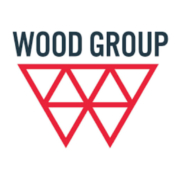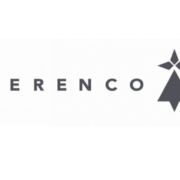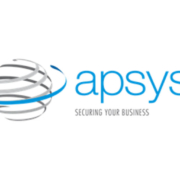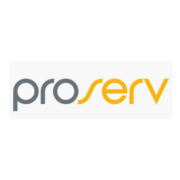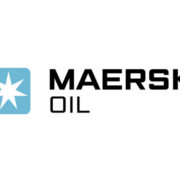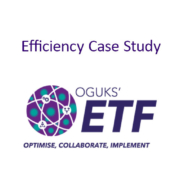Wood Group – Innovation to improve flange management when decommissioning
Submitted by Wood Group
Use of Springlynn, a self-tapping saddle for draining and venting, adopted from the water industry.
Impact
The system is very simple in design, and can be used by someone with no previous training Using a self-tapping saddle for draining and venting systems while decommissioning negates the need to break flanges whilst ensuring that re-energisation of the pipeline cannot occur.
Being simple to install and effective in design, the system removes potential risk of asbestos exposure from old compressed asbestos fibre (CAF) gaskets, and therefore does not require specialist asbestos operators to be present.
Where engineered valves are not installed or are difficult to access, the system may also be used to install vents and drains.
Spill risks are reduced by making it easier to divert potential liquid inventories through to a containment system prior to commencing separation scopes.
Description of Best Practice
From the point of ‘Cessation of Production’ (COP) and the initiation of decommissioning work, the process of engineering down selected systems and pipelines begins.
Systems are physically isolated and de-energised with air gaps, and appropriate vents and drain points installed as further safeguards. Breaking flanges is a routine part of this process to prove it is safe before progressing with module and process separation. Similarly, breaking flanges is necessary when separating topsides for Single Lift Vessel (SLV) removal. All of these flange breaks take time to carry out safely as they may interrupt asbestos present in CAF gaskets of old flanges.
To solve the issue, our decommissioning services contract team proposed using a system adopted from the water industry. The Springlynn system avoids the need to break valves and may also be used to install vents and drains at low/high points if there are no engineered valves installed where required (or if they are difficult to access).
The system is very simple in design, and can be used by someone with no previous training. All components come ready for use, and all that is needed is a common hand drill and a spanner. No fluids escape during installation owing to the specially designed drill head which seals off on the drill bit. Because of the unique system design, once drilling into the ball valve is complete and the ball valve closed, the drilling head may be removed whilst maintaining the integrity of the valve.
Contact: Philip Oliver
philip.oliver@woodgroup.com

